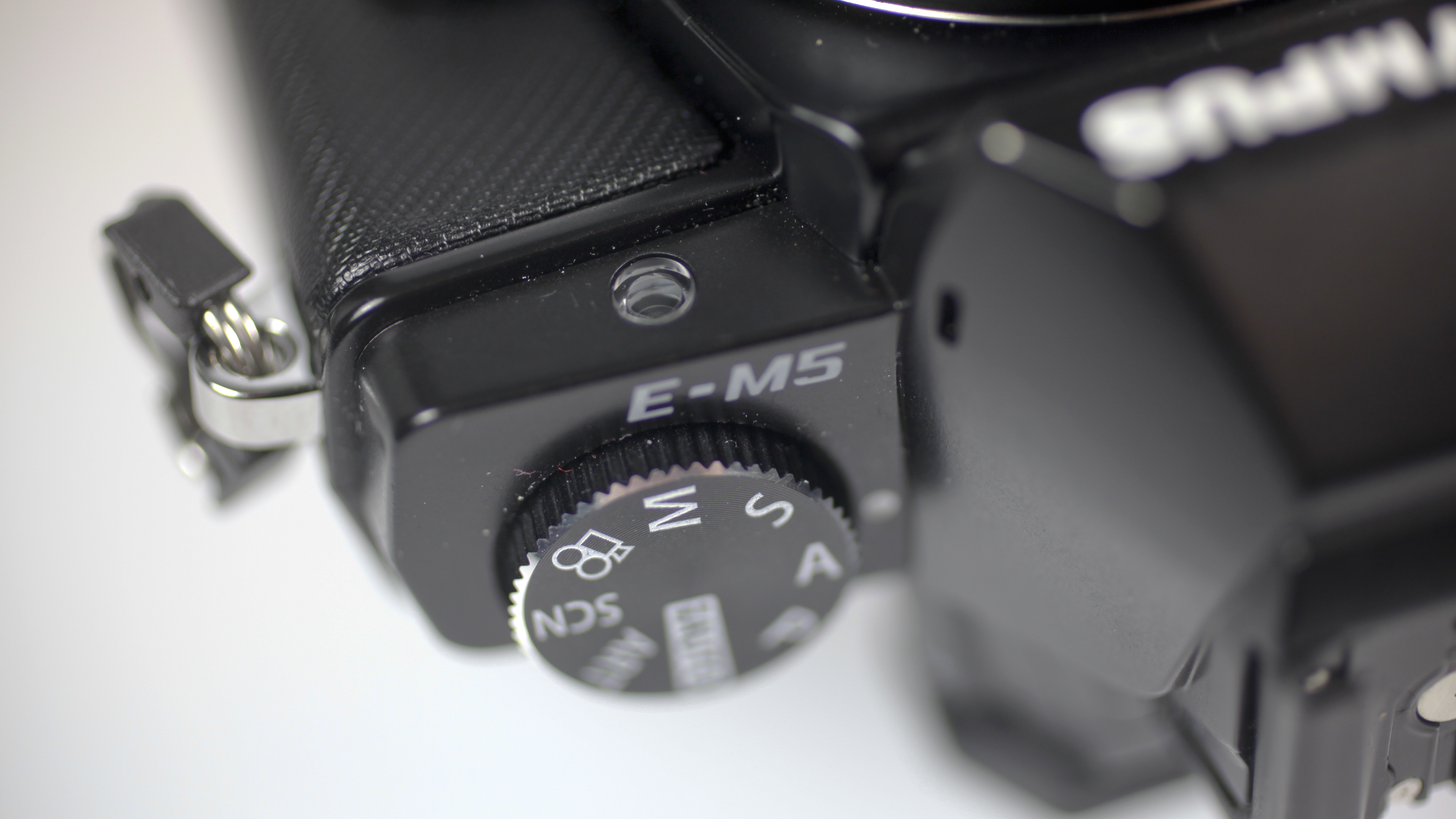Olympus OM-D labs data impresses

We have conducted our labs test for the Olympus OM-D, which show that it is capable of beating its biggest rivals including the Sony NEX-7 and Fujifilm X-Pro 1 in certain situations.
Our analysis has found that the OM-D's raw files (after conversion to TIFF) produce impressive results, comparing well against larger sensors.
The raw files (after conversion to TIFF) have the highest dynamic range results so far gained by any compact system camera.
Signal to noise ratio
We shoot a specially designed chart in controlled conditions, with the resulting images analysed using DXO Analyzer software to generate our data graphs.
At low sensitivity settings, the OM-D JPEGs produced comparably low signal to noise ratio results, which are beaten by those from the Fujifilm X Pro1, Panasonic GX1, Sony NEX-7 and Olympus PEN E-P3. However, at higher sensitivity settings (ISO 1600 and above), it produces better results than all but the X Pro1.
When we look at the raw files (after conversion to TIFF) signal to noise ratio results however, it is a different story, with the OM-D producing clearly better results, at all sensitivities, than every rival.
This tells us that a fair amount of processing is applied to the OM-D's JPEG images and gives an indication of what is possible when working with raw files.
Sign up for breaking news, reviews, opinion, top tech deals, and more.
Dynamic range
We also measure the dynamic range and have found that the OM-D's JPEG files have a consistently high dynamic range across the sensitivity range, even those taken at the high sensitivities indicating that gradations a captured in the shadows and highlights.
Again the performance is better when looking at the raw file conversions, producing the highest result we've seen for any compact system camera. Our results show that when compared against the PEN E-P3, the E-M5 has at least 3 EV greater dynamic range across all sensitivities.
To see the full results of the labs data, as well as in-depth analysis and sample images, see our Olympus OM-D E-M5 review.

Amy has been writing about cameras, photography and associated tech since 2009. Amy was once part of the photography testing team for Future Publishing working across TechRadar, Digital Camera, PhotoPlus, N Photo and Photography Week. For her photography, she has won awards and has been exhibited. She often partakes in unusual projects - including one intense year where she used a different camera every single day. Amy is currently the Features Editor at Amateur Photographer magazine, and in her increasingly little spare time works across a number of high-profile publications including Wired, Stuff, Digital Camera World, Expert Reviews, and just a little off-tangent, PetsRadar.